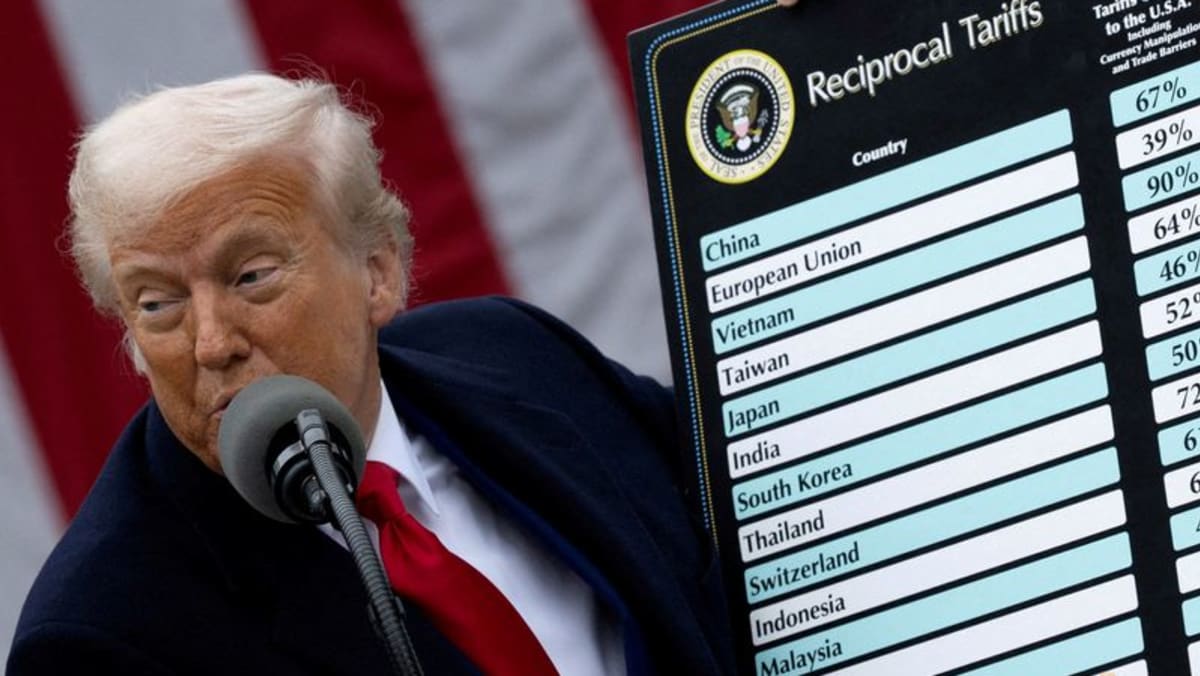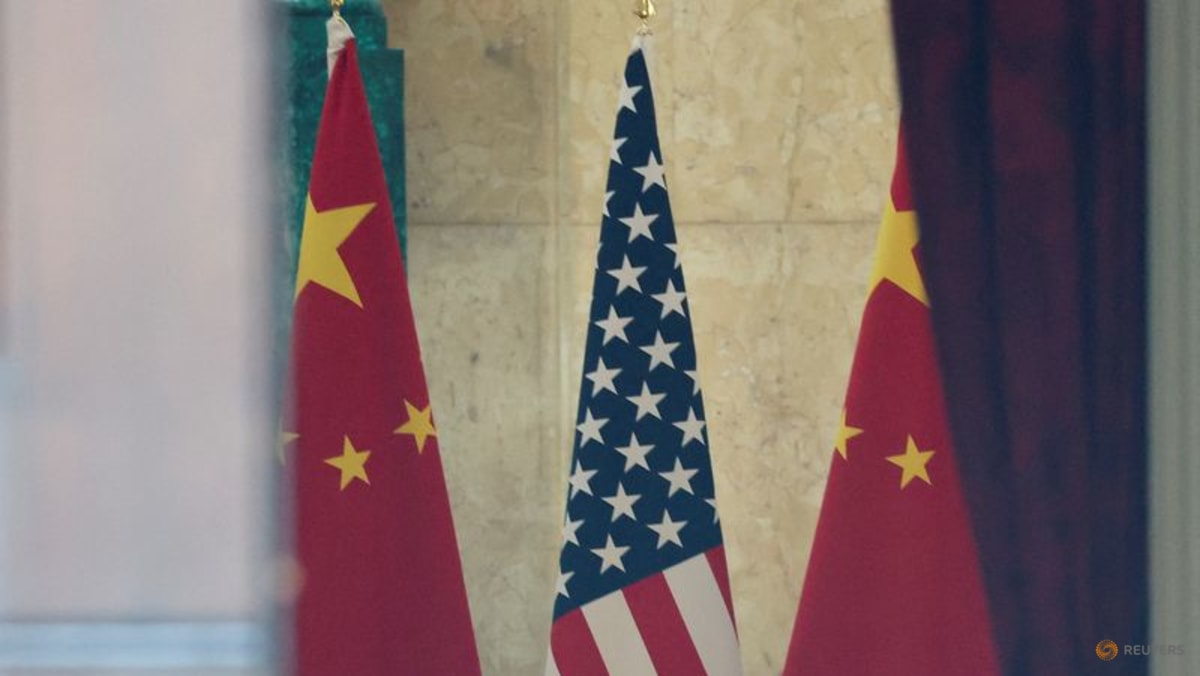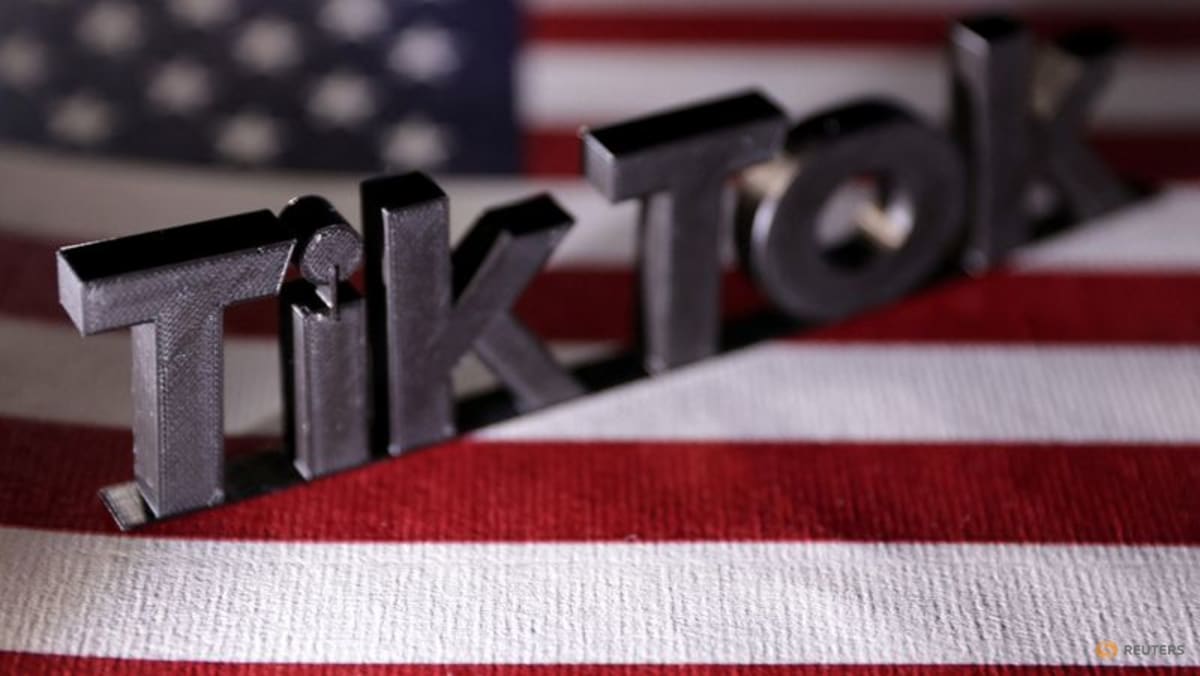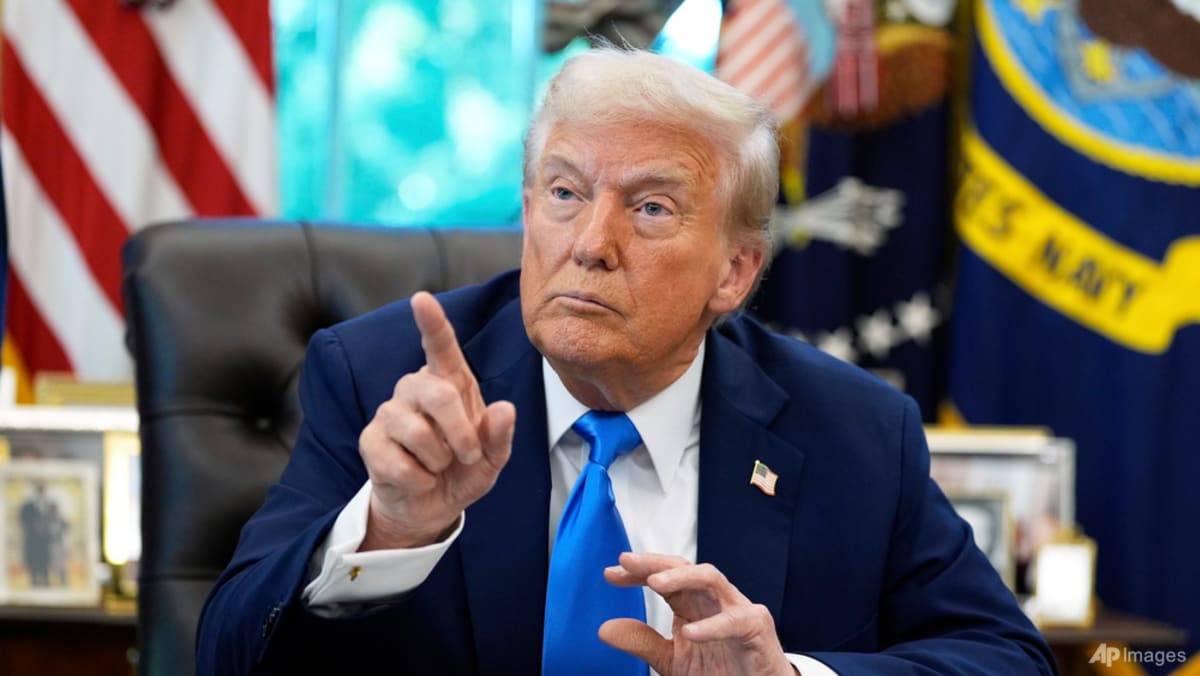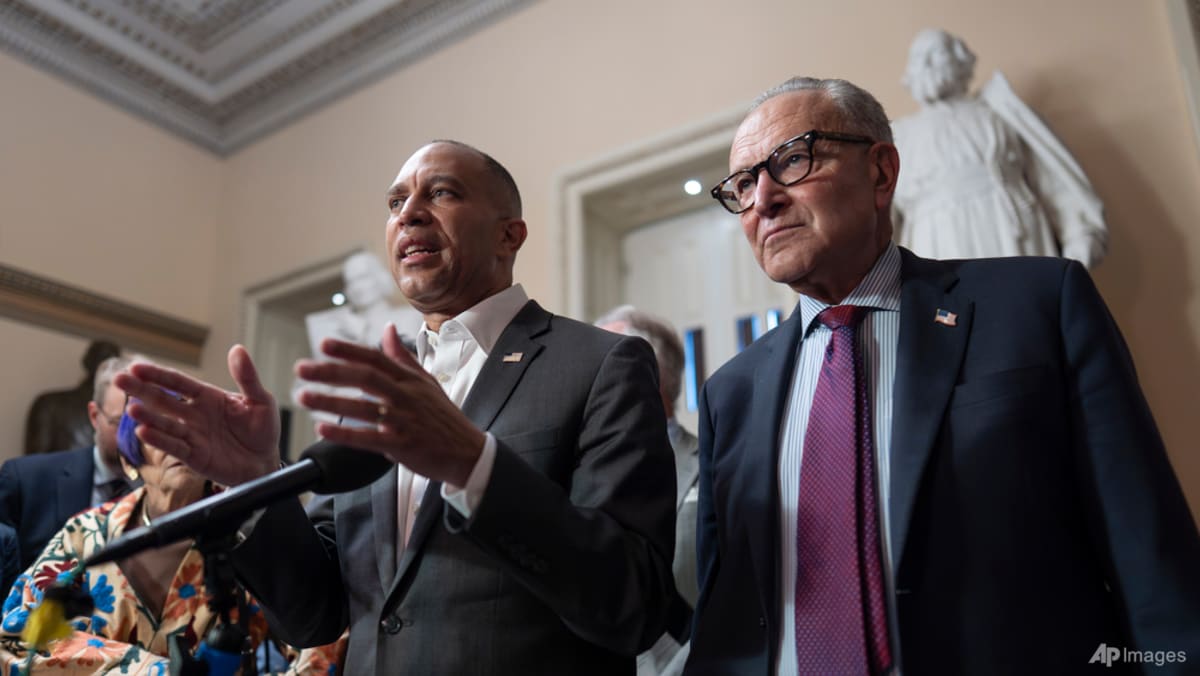Chinese exporters have tried to dodge the tariffs – which Trump launched in 2018 during his first term as president – by rerouting manufacturing or shipping through other countries, many in Southeast Asia.
Members of the Association of Southeast Asian Nations (ASEAN) are among the hardest hit by tariffs as goods “skirt blocks put in place through tariffs and other investment restrictions” through these countries, Okun said.
“ASEAN is China’s B team,” he added.
The bloc’s members Laos and Myanmar could be slapped with 40 per cent tariffs come Aug 1, while Cambodia and Thailand are looking at 36 per cent.
Vietnam, even following its deal with the US, needs to crack down on illegal transshipments. Goods deemed to be transhipped will still be subject to a 40 per cent levy.
NOT GOOD FOR AMERICA EITHER
Analysts reiterated that the tariff policy and ongoing deadlock in negotiations are certain to strain America’s relations with its partners, potentially pushing them closer towards China.
“The US is engaging in an act of economic self-harm by cutting itself off from these trading middle powers … trade-intensive Southeast Asian countries like Malaysia, Thailand and Cambodia. This (presents) opportunities for China,” Crabtree told CNA’s East Asia Tonight.
“Trump … focuses almost exclusively on goods trade deficit, completely ignoring the services trade … or (ties with) allies,” said Draper, pointing to traditionally close partners of the US such as members of the European Union.
“The (Europeans) don’t get any favourable treatment. In fact, in some ways, they are treated even worse than some of US’ longstanding geopolitical foes like Russia,” added the executive director of UA’s Institute for International Trade.
The Trump administration has justified a lack of tariffs on Russia due to sanctions imposed over Moscow’s invasion of Ukraine.
Crabtree said that Trump likely believes his tariff policies are successful as, in the short term, there would be higher purchases of US goods and lower trade barriers for American firms.
“But in the long run, it’s very damaging to the US and its reputation as a reliable and economic partner of choice,” he said.
“(We) end up with regions which the US is less connected to, (including) the emerging economic powerhouses of Asia. Trade and globalisation (will also be) limited. All of that is bad for the US.”





